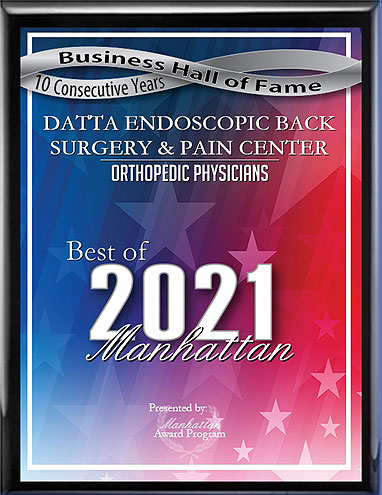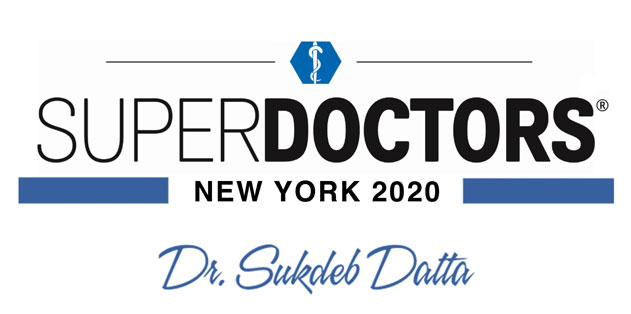Sciatica is a common, painful, and frustrating back condition. Even people who have their sciatica under control can sometimes experience unpredictable flare-ups, while those who haven't had effective treatment yet may have persistent pain and other symptoms. Although it's not usually needed, surgery for sciatica can be used in conjunction with conservative methods to treat severe cases.
When Surgery is Considered
Sciatica can be caused by a number of underlying conditions, including herniated discs, arthritis, bone spurs, and the set-up of a person's muscles. The course of treatment depends on the cause of the sciatica, the severity of symptoms, and whether it has responded to past treatments.
Conservative treatments like physical therapy are almost always the first option when treating sciatica, and they are often effective and reducing nerve compression and inflammation. If symptoms persist, then it might be necessary to turn to surgery. In addition, surgery is considered as the first course of treatment in some rare cases.
Even if surgery is used, it should be accompanied by long-term lifestyle changes to prevent future flare-ups. For example, regular stretching and exercise, weight loss, and a healthy diet all help prevent sciatica.
Options
There are two main options when it comes to the surgical treatment of sciatica. For decades, open back surgery was the only available option. Although it was invasive, it was effective at relieving symptoms. Now, laser spine surgery can be used to treat most common causes of sciatica, including herniated discs. The procedure is safe and minimally invasive, with a much shorter downtime and no need for a hospital stay. Whenever possible, laser surgery is the preferable type of surgical sciatica treatment.
To schedule a consultation about whether surgery for sciatica is right for you, please click below and enter your information or call the Datta Endoscopic Back Surgery and Pain Center at (646) 374-1799..
When Surgery is Considered
Sciatica can be caused by a number of underlying conditions, including herniated discs, arthritis, bone spurs, and the set-up of a person's muscles. The course of treatment depends on the cause of the sciatica, the severity of symptoms, and whether it has responded to past treatments.
Conservative treatments like physical therapy are almost always the first option when treating sciatica, and they are often effective and reducing nerve compression and inflammation. If symptoms persist, then it might be necessary to turn to surgery. In addition, surgery is considered as the first course of treatment in some rare cases.
Even if surgery is used, it should be accompanied by long-term lifestyle changes to prevent future flare-ups. For example, regular stretching and exercise, weight loss, and a healthy diet all help prevent sciatica.
Options
There are two main options when it comes to the surgical treatment of sciatica. For decades, open back surgery was the only available option. Although it was invasive, it was effective at relieving symptoms. Now, laser spine surgery can be used to treat most common causes of sciatica, including herniated discs. The procedure is safe and minimally invasive, with a much shorter downtime and no need for a hospital stay. Whenever possible, laser surgery is the preferable type of surgical sciatica treatment.
To schedule a consultation about whether surgery for sciatica is right for you, please click below and enter your information or call the Datta Endoscopic Back Surgery and Pain Center at (646) 374-1799..






 EDISCSCULPT
EDISCSCULPT



